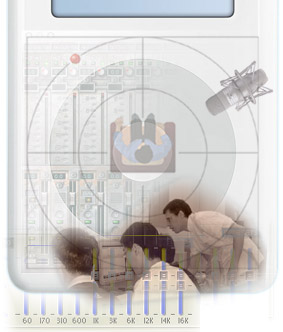

How it Works
MP3 is a compressed file format (like JPEG or Zip). Techniques of compression vary. MP3 uses two compression techniques (essentially mathematical formulas or schemes) to effectively remove redundant or less important data to make the file smaller.
Redundant data may not be actually removed, it could simply be transformed (this is called lossless compression, see Coding for more information). For example, if a file has the following data: 5 5 5 5 5 5 5 5, this could be represented as 8 5. As long as you know the first number tells you how many of the second number - this is the compression scheme - you've saved a lot of space.
However, the most important part of how MP3 works has to do with the human perception of sound. The MP3 process uses our knowledge of human hearing to cut out part of the original signal that we may not actually perceive (or at least may not be as important as other parts of the sound). Combined with a lot of number crunching and processing MP3 is able to achieve excellent compression ratios.
The processes involves a number of steps, for the complete process goto the Tutorials section, here is a brief overview.